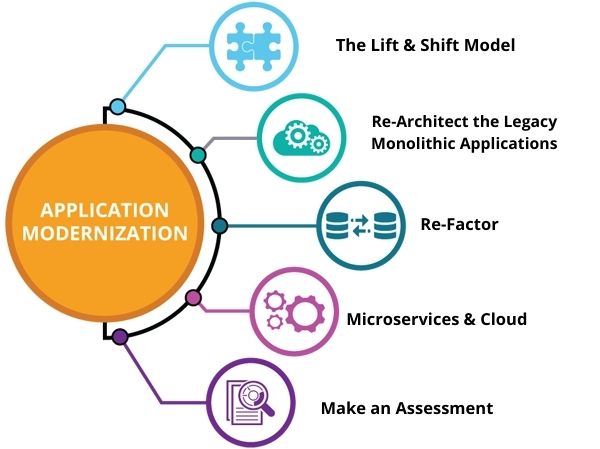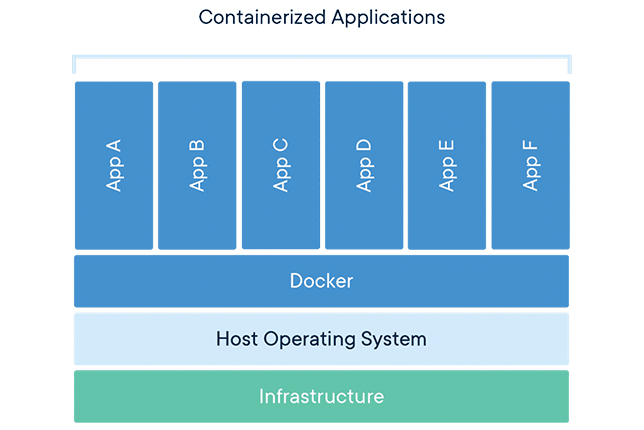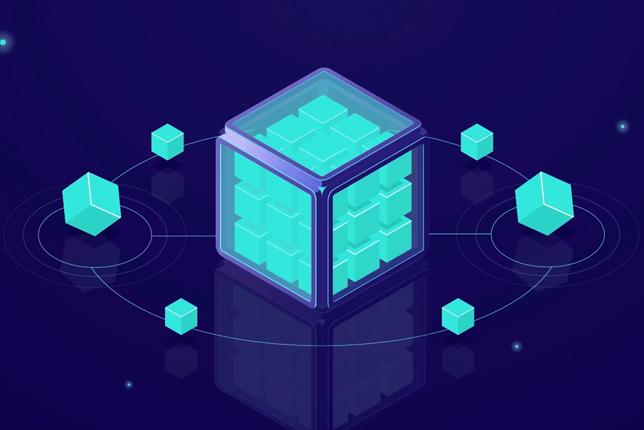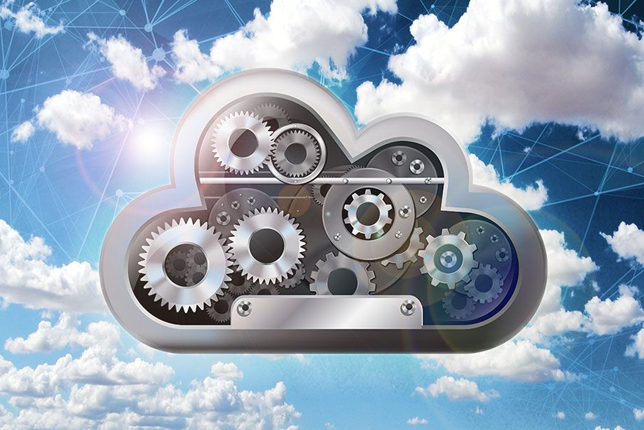Application modernization should be the core of a company’s digital transformation strategy. Application modernization involves upgrading older software to run on new languages, frameworks and infrastructure platforms.
Rebuilding a new application to replace the existing application can be costly and lengthy process. The application modernization strategy allows companies to protect its initial investment.
Instead of retiring these applications modernization extends the lifespan of the application and still ensures that existing staff are capable of using the application without need for training.
We will create a long term plan and application modernization strategy to reduce the resources required to run an application, increase the frequency and reliability of future software feature additions, and improve uptime of the application.

There are a few fundamental techniques that are used for application modernization.

Cloud Computing
Involves migrating existing applications to run in modern cloud environments.

Containers
Containers are packages of software that contain all of the necessary elements to run in any environment. The benefits associated with containerization include scalability, portability and efficiency that perfect for any cloud infrastructure.

Microservices
Instead of building an application as a single and complete codebase, you decouple different components into smaller, discrete pieces that can be deployed, updated and operated independently. A single small team of developers can write and maintain a service.

Automation
Automation of many of the operational tasks associated with containers, including deployment, scaling and networking. Automation in general is an important principle and technology, as it is increasingly necessary to ensure that development, operations and security teams can sustainably manage their modern apps at scale.
